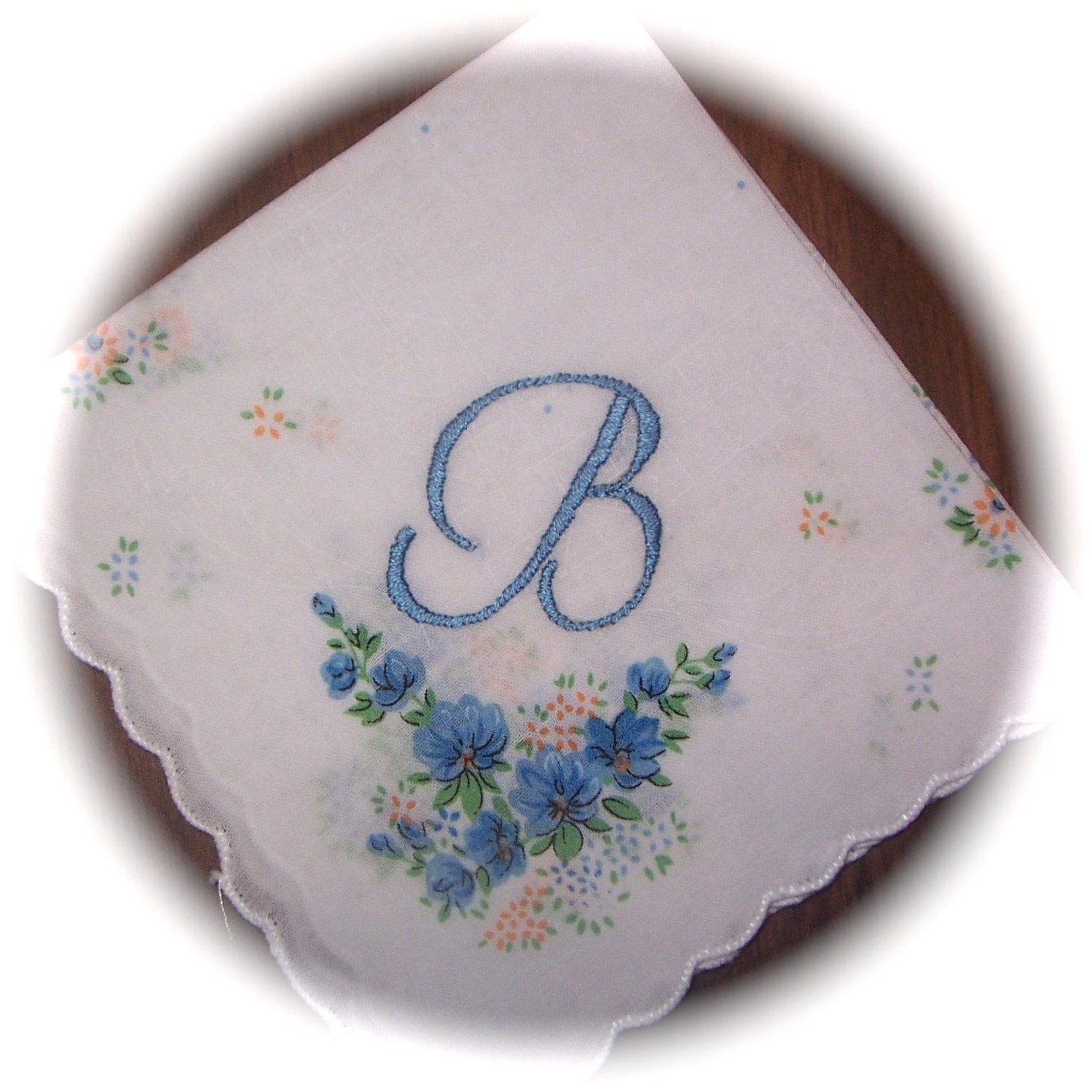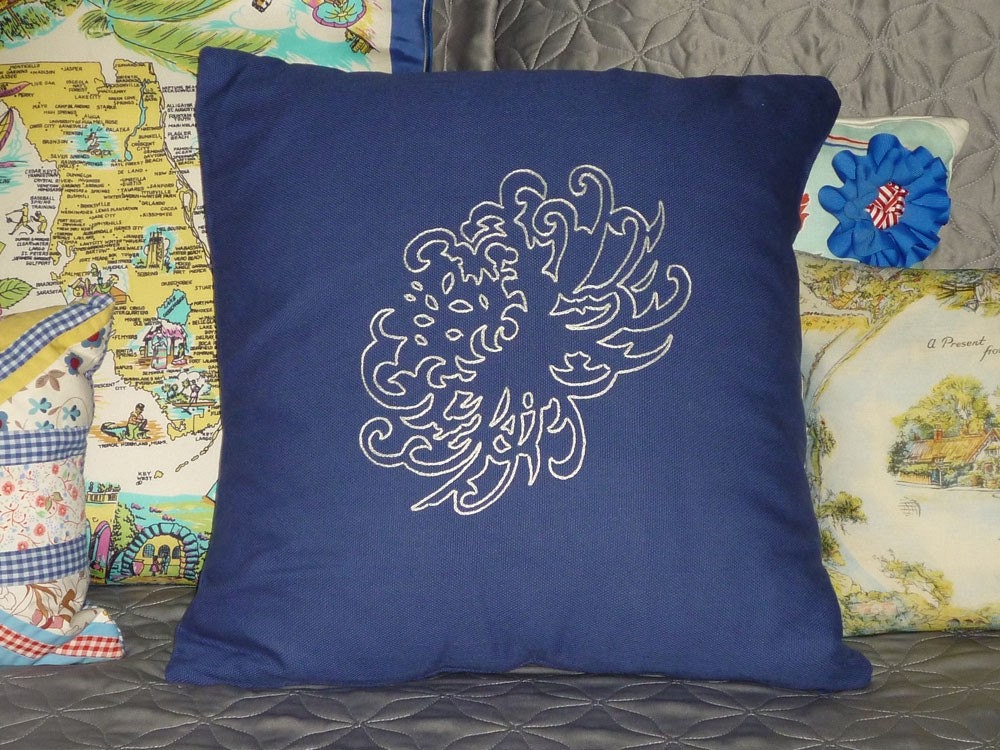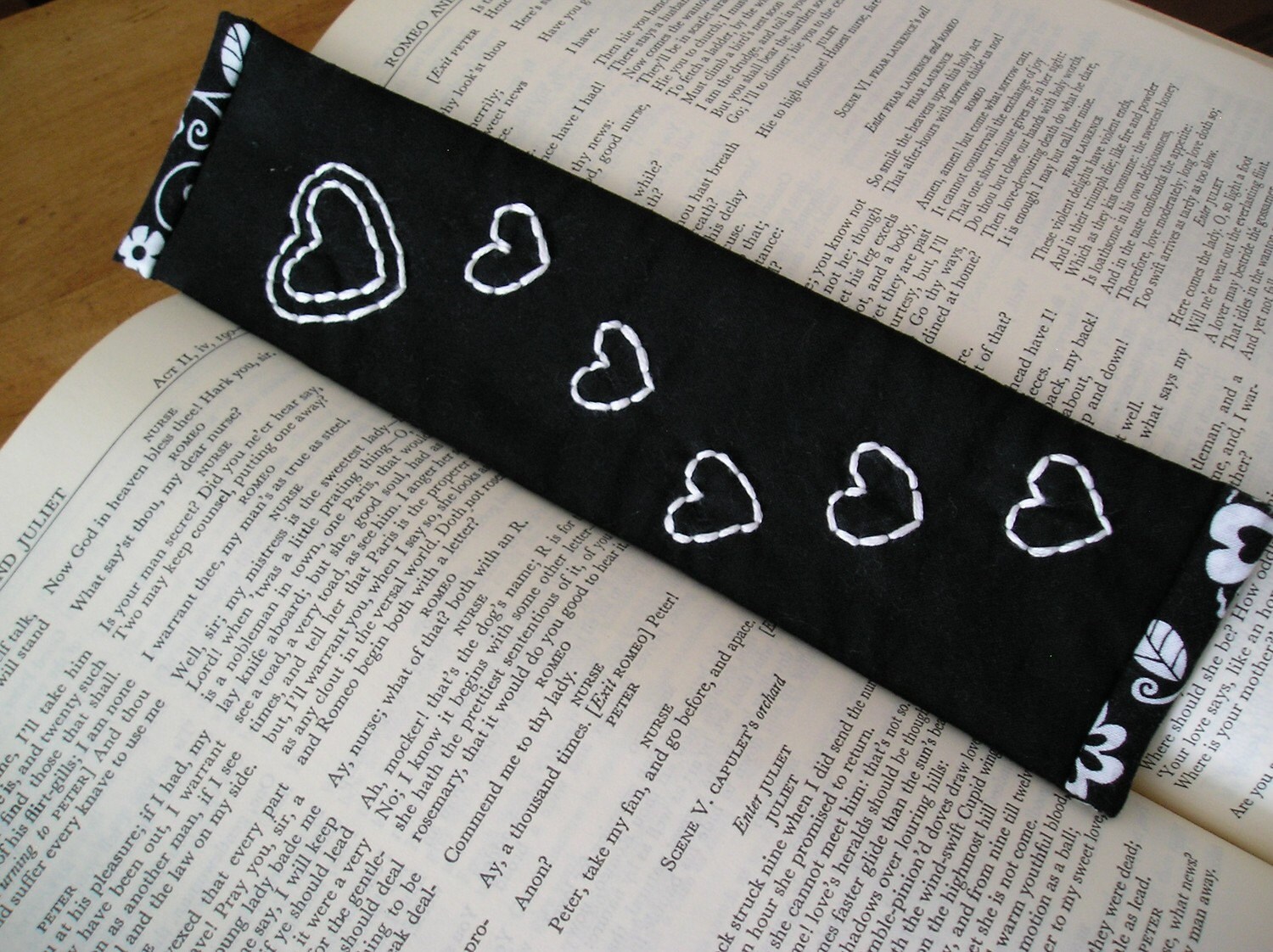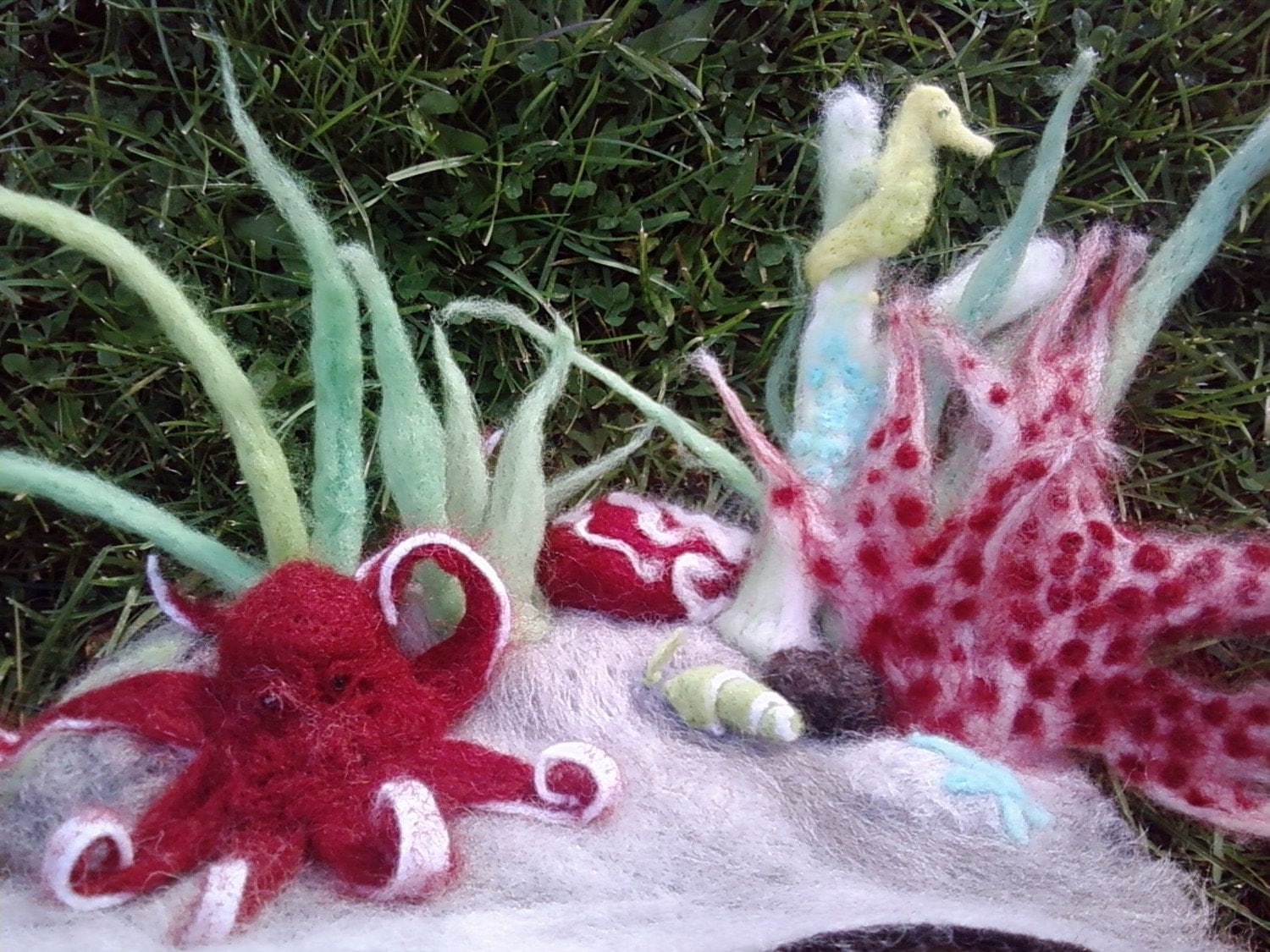Thank you to Bekah, aka Beetastic, for the idea for this week's post, and the link to the first tutorial!
Making Labels Using Twill Tape and Iron-On Transfers : With this method, you print the text onto the iron-on transfers (which you can purchase at stores like Wal-Mart or Michael's), apply the transfer to ribbon or twill tape, and then apply the tape or ribbon to the item that you want to label.
Video: Using Freezer Paper and Normal Computer Paper : With this method, you use your ink jet printer to print the text directly onto the fabric, then cut the fabric and apply it to the item you want to label. This method is going to be cheaper, but has more room for error since not all ink jet printer ink is going to be permanent even when heat set.
Making Labels for Clothing Using Your Printer: This method discusses pre-treating your fabric to make it "take" the ink more easily.
If you have a typewriter, try these Typed Labels. This method is quick, easy, and has a cool retro feel to it. These make me want a typewriter!

.jpg)







